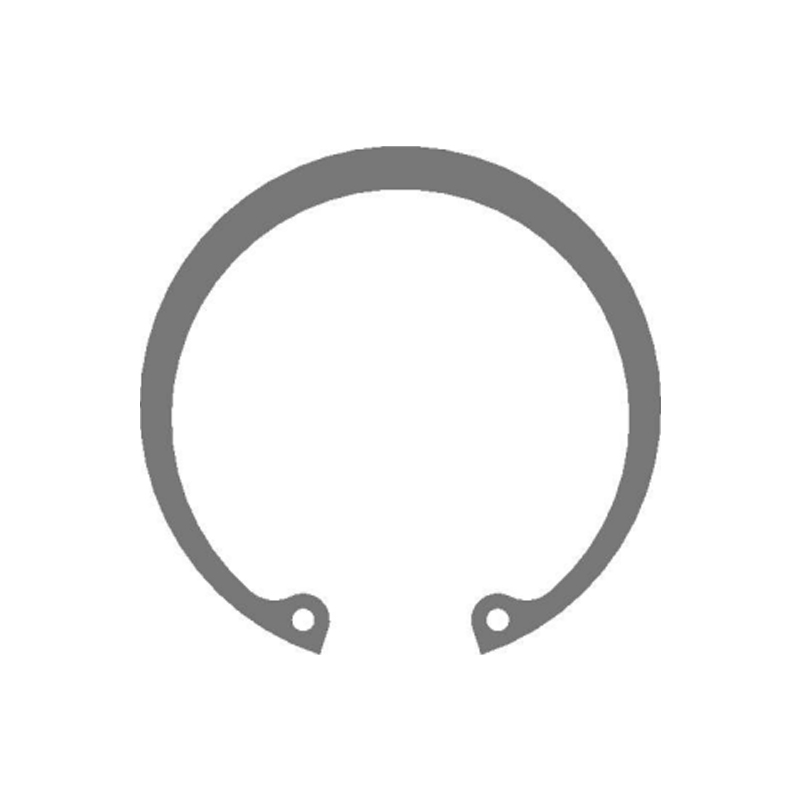To ensure DIN 472 internal circlips meet strict tolerance specifications, manufacturers use a combination of dimensional inspections, material testing, and functional performance evaluations. These quality control methods help maintain precision, reliability, and compliance with industry standards.
1. Dimensional Inspection and Tolerance Verification
(a) Digital Calipers and Micrometers
-
Used to measure inner diameter (di), thickness (s), and free state diameter (De) with high precision.
-
Ensures compliance with DIN 472 tolerance limits (typically within ±0.03 mm to ±0.3 mm, depending on the size).
(b) Coordinate Measuring Machine (CMM)
-
Provides high-precision, 3D measurements of circlips to confirm dimensional accuracy.
-
Useful for checking groove fit compatibility and radial flatness.
(c) Optical Measuring Systems and Vision Inspection
-
High-speed camera-based systems verify shape, gap width (G), and edge uniformity.
-
Helps detect deformations, burrs, and inconsistent dimensions.
(d) Go/No-Go Gauges
-
Custom gauges quickly determine if circlips meet minimum and maximum tolerance limits.
-
Ensures circlips properly fit into standardized grooves without excessive force.
2. Mechanical and Functional Testing
(a) Load and Retention Force Testing
-
Measures the radial force exerted by the circlip when seated in a groove.
-
Ensures proper elasticity and retention strength to prevent dislodgment in dynamic applications.
(b) Fatigue and Cyclic Load Testing
-
Simulates repeated assembly/disassembly to assess long-term performance.
-
Essential for high-vibration environments like automotive or aerospace applications.
(c) Hardness Testing (Rockwell or Vickers Hardness Test)
-
Ensures proper heat treatment and mechanical strength.
-
DIN 472 circlips typically require hardness levels of HRC 44-54 (depending on material and application).

3. Material and Surface Quality Testing
(a) Metallurgical Analysis (Spectroscopy or X-Ray Fluorescence - XRF)
-
Confirms the chemical composition of the material (e.g., spring steel, stainless steel).
-
Ensures compliance with corrosion resistance and mechanical property requirements.
(b) Surface Coating and Corrosion Resistance Testing
-
Salt Spray Test (ASTM B117) evaluates rust resistance for coated circlips (e.g., zinc-plated, phosphate-treated).
-
Coating Thickness Measurement ensures proper protection without exceeding tolerance limits.
4. Compliance and Standardization Checks
(a) ISO/DIN Standard Verification
-
Ensures the circlips meet DIN 472, ISO 8752, or relevant industry standards.
-
Certification of compliance with ISO 9001, IATF 16949 (automotive), or AS9100 (aerospace).
(b) Statistical Process Control (SPC) & Batch Sampling
-
Uses randomized batch inspections to detect manufacturing deviations early.
-
Reduces defects and improves overall production consistency.

















